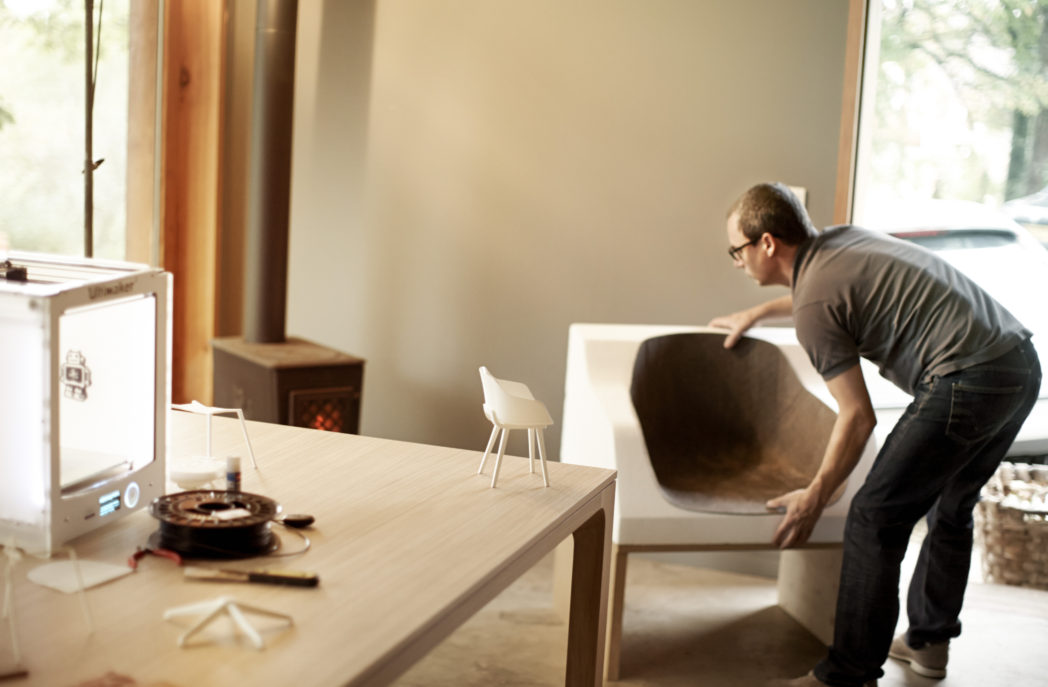
3D printing lightens load
3D printing lightens load
Share
A photograph released by consulting engineering practice ARUP reveals for the first time the future potential of 3D printing for construction and manufacturing sectors.
Founded in 1946, ARUP is focuses on structural engineering, well known for their contribution to the structural design of the Sydney Opera House. ARUP is also known for delivering innovative and sustainable designs that reinvent the way we shape our built environment. In keeping with this, ARUP is now pushing the boundaries of 3D printing; focussing on 3D printing specifically for the construction industry.
The recently released image by ARUP demonstrates how 3D printing can enhance design and production processes wherein the weight, and cost of construction materials in the future could be significantly reduced.
Team Leader at Arup, Salomé Galjaard, points out that not only is this an exciting development for the construction sector, but many other industries as well.
“In the case of this particular piece, the height is approximately half that of one designed for traditional production methods, while the direct weight reduction per node is 75%. On a construction project that means we could be looking at an overall weight reduction of the total structure of more than 40%.”
Manufacturers will be able to create highly complex, project specific pieces and print them directly in metal via 3D printing, creating a drastic reduction on cost and wastage. This also means that far smaller, lighter elements will be able to deliver the same function and strength as those crafted via traditional methods.
You Might also Like



















